Science
Energy: The melting point
- Home
- School and kindergarten
- Grade 8.–10.
- Energy: The melting point
How can we conserve and use energy in an efficient way? In this teaching plan, the students are given a challenge that must be solved before the time runs out! Knowledge of energy and chemistry is put to the test. Which of the groups solves their challenge in the best way?
Creativity and ingenuity are put to the test when students take on an energy challenge. In small groups, students discuss which material and construction they think will work best. The purpose of this teaching program is to carry out a design process and create a product that is adapted to a defined problem.
NB! Show up no later than 10 minutes before the lesson. Failure to attend without cancellation 7 days in advance will result in a NOK 500 fee.
Maximum 28 students
Duration 60 min
What happens in this teaching program?
Description of the lesson | Introduction (approx. 15 min)
Activity (approx. 35 min)
Closing (approx. 10 min)
|
Practical information | The teacher's role We want you as an adult to be active, participating and curious. Teachers are responsible for the group throughout the visit and may be asked to help along the way. Explainer is responsible for implementing the program. Before the visit Our teaching plans do not require preparatory work, but it is always useful to prepare students for a museum visit. Feel free to show pictures or video from the museum, tell us about what will happen, and see our digital resources that can be used for pre- and post-work. After the visit Make your own yogurt ice cream with this simple recipe! Reflect and discuss with the students after the lesson, preferably in groups. |
Curriculum and competence targets | Science (core elements and competence targets after 10th grade):
Technology and design:
|
You meet one of us!

John

Catharina
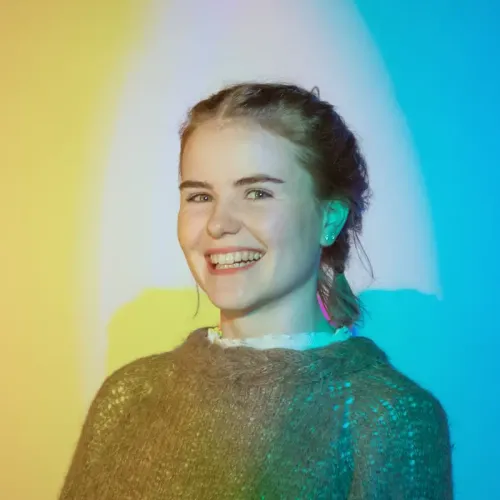
Ane
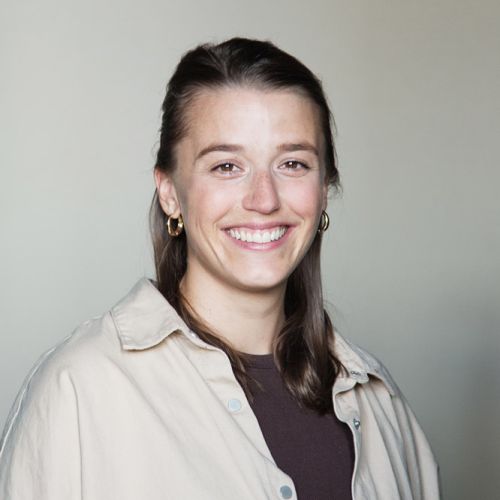
Thea

Linda
Common questions and answers
One of the teachers in the group approaches the reception. We will then register that you have arrived and you will be allocated a cloakroom space and possibly cabinet for locking up valuables.
Arrive at the museum no later than 10 minutes before the start of the program. Let us know if you will be delayed by phone. 22 79 60 00. If you arrive late, the learning offer may be shortened or cancelled.
Our teaching programs are free, but you have to pay for the entrance ticket to the museum. You can only book one arrangement per visit.
Separate prices apply to teachers, pupils and school classes.
Kindergartens and schools can pay by cash/card on arrival or receive an invoice. For invoices, you must include the requisition or resource number and invoice address.
Yes! Access to the museum's exhibitions is included in the ticket for school visits. You are most welcome to explore the exhibitions both before and after the lessons.
You can eat the packed lunch in different places; in the cafe, at the reception and outside the museum entrance. It is not allowed to eat or drink in the exhibitions.
At The Norwegian Museum of Science and Technology the same rules apply as at school/kindergarten. We will
- be role models for each other
- be kind to each other and the exhibits
- use consensus
- don't run.
ATTENTION: Everything behind barriers must not be touched.
Then we all have fun and contribute to a good learning experience. If you decide that your group can visit the museum shop, the teacher must be present as long as some of the children are there.
Resources
Below you will find various resources that can help prepare students for a museum visit.
-5484b1bf.jpeg)
Make your own yogurt ice cream!
During the lesson, there were (probably) several students who used salt to melt the one ice cube. Salt on ice lowers the melting point from 0 degrees to approx. -2 degrees, and thus the ice melts faster. If you have salt, ice/snow, zipo-lock bags and cream/yoghurt/milk, you can use this property to make ice cream.
The experiment takes around 45 min.
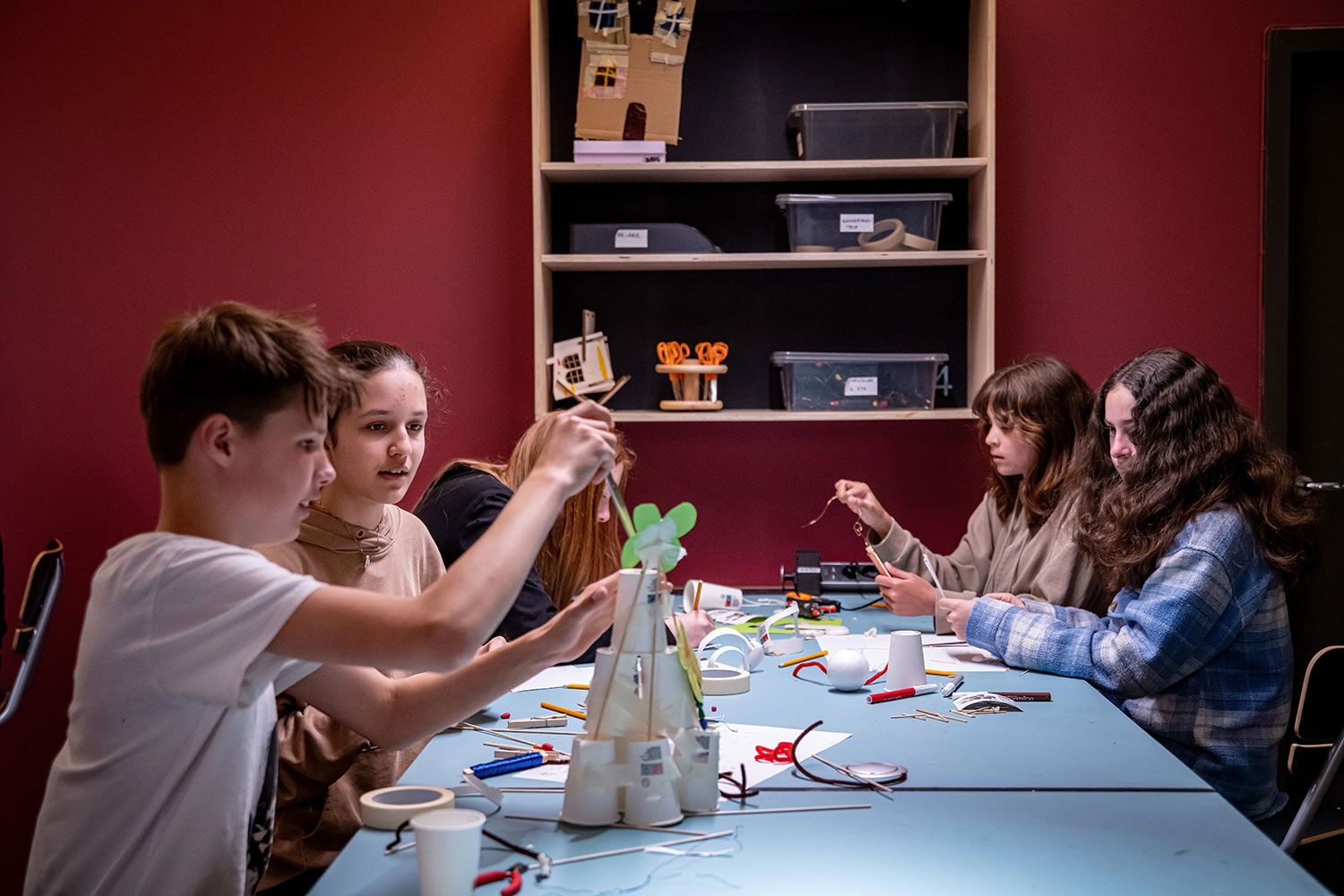
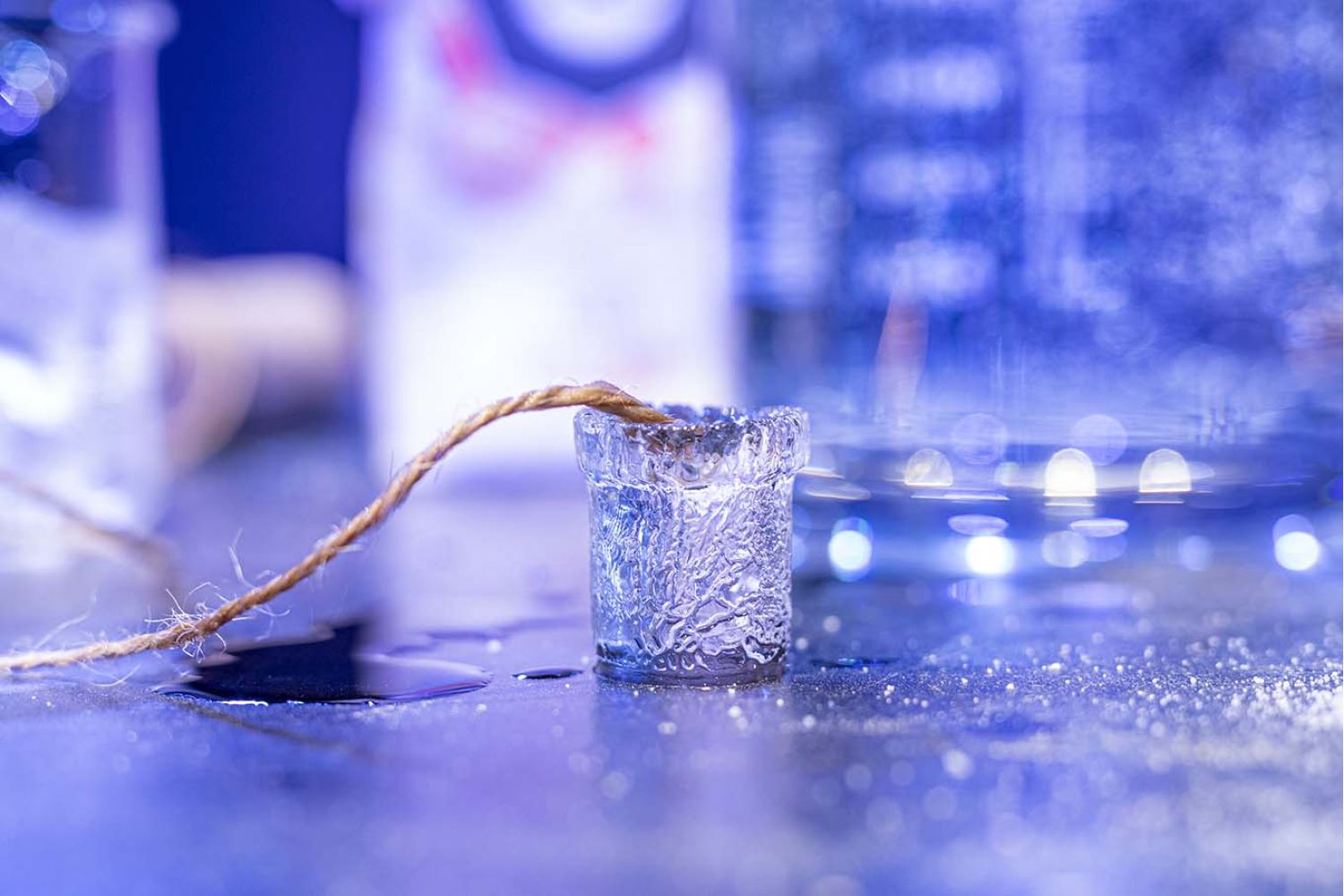
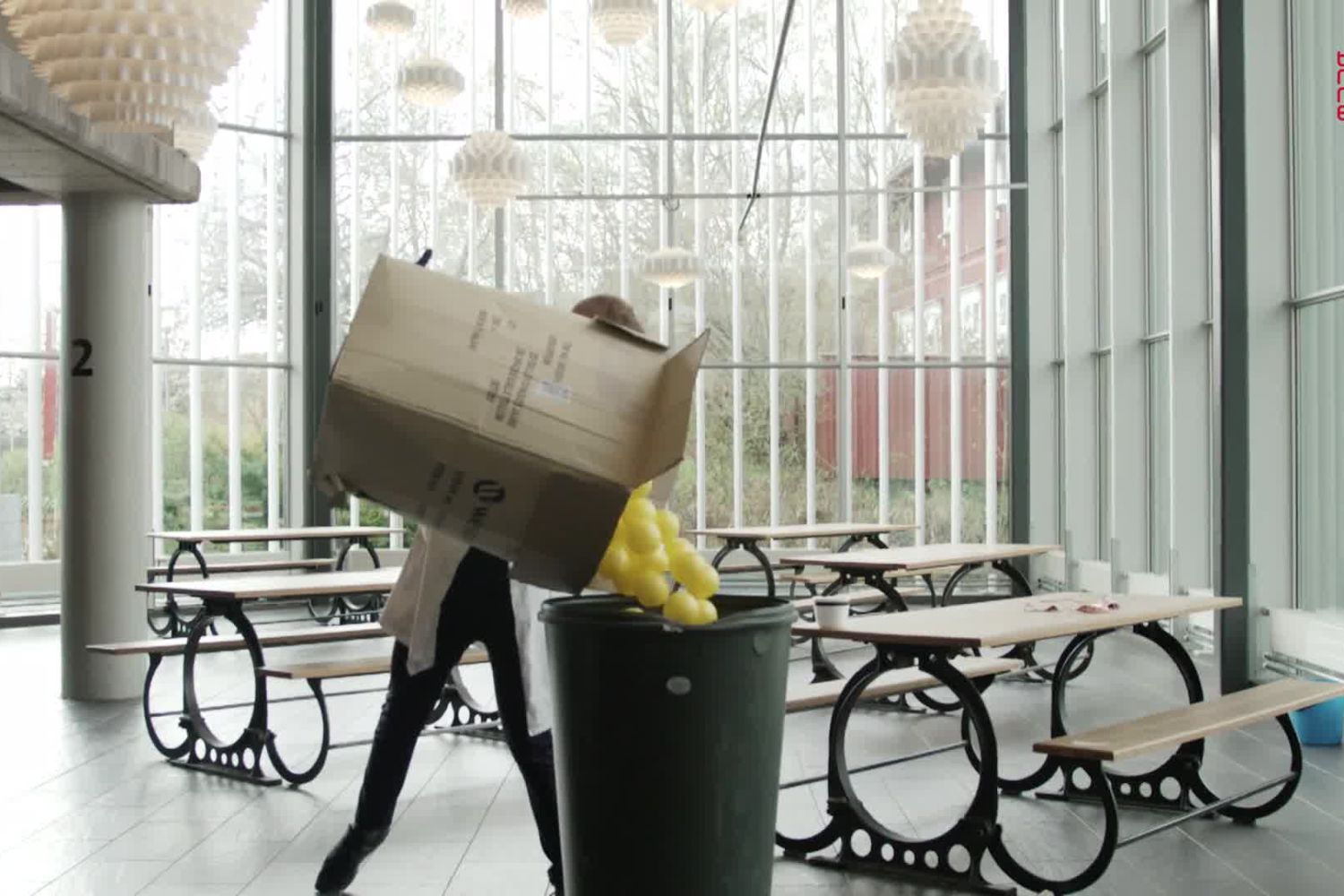
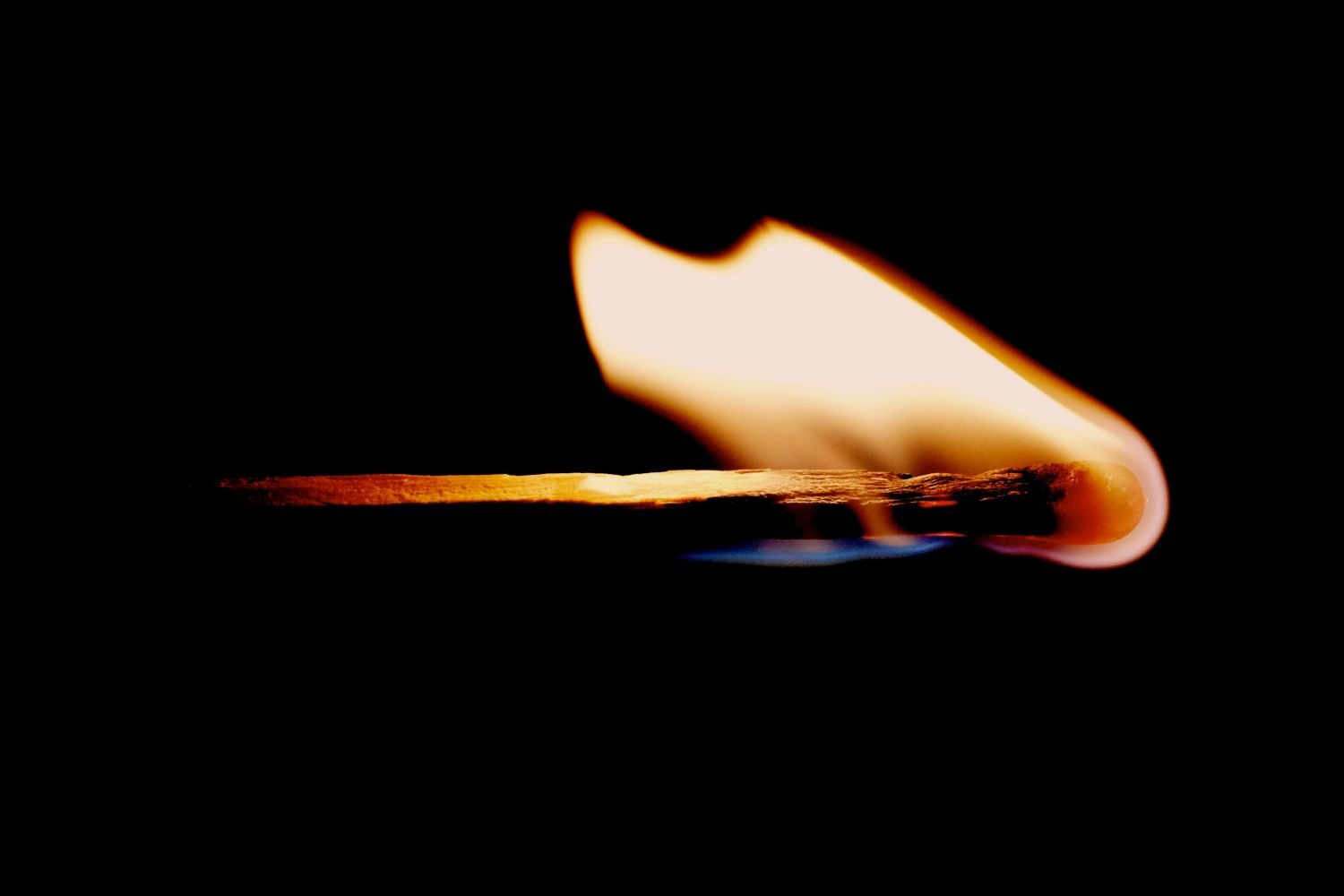
-feca758d.jpeg)

